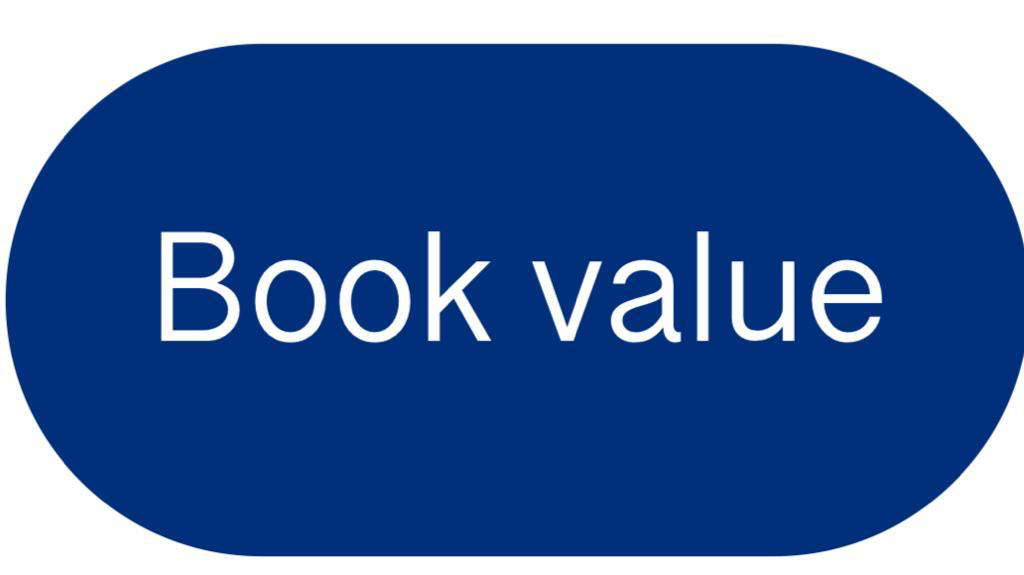Explain technical analysis

Technical analysis is a method used to evaluate stocks or other financial instruments by analyzing statistics generated by market activity, including past prices and volume. The basic premise of technical analysis is that market trends, patterns, and behaviors can be identified and used to predict future price movements. Technicians (as those who use technical analysis are often referred to) typically use charts to analyze price movements and identify trends. They also rely on various technical indicators, such as 1-Moving Averages 2-Relative Strength Index (RSI) 3-Bollinger Bands, and 4-MACD, to provide additional insight into the market. (We will cover this topic in upcoming blogs in detail) One of the key advantages of technical analysis is the ability to identify trends and patterns that can be difficult to see in raw data. For example, a technician might identify a support or resistance level, which is a price level at which a stock has historically had dif...



